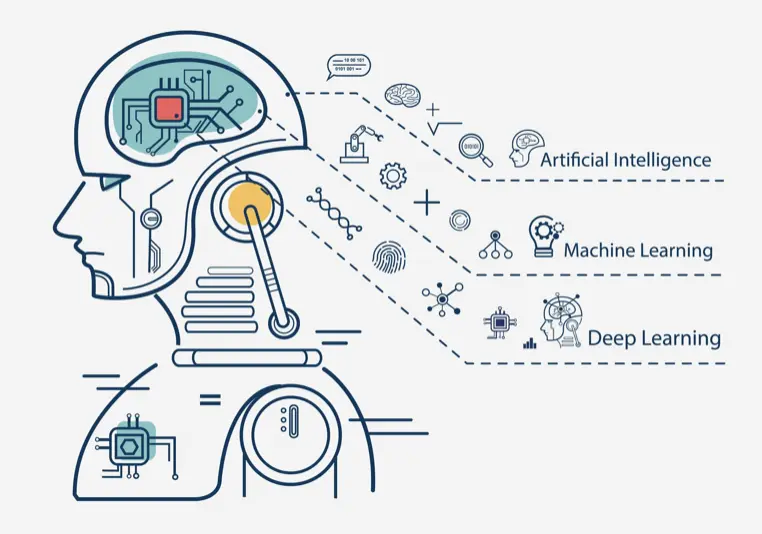Why Your ML Pipeline Is Breaking in Production And How to Fix It
Machine learning prototypes like a dream and deploys like a nightmare If we ask any team that’s scaled an ML project beyond a notebook, and they’ll tell you: getting a model to work is the easy part. Keeping it working—correctly, reliably, and ethically—in production? That’s where the real battle begins. Let’s talk about the cracks that appear when ML hits the real world, and what seasoned teams do to patch them before they widen. The Most Common Failure Points in Production ML 1. Data Drift: Your Model Is Learning from Yesterday’s World You trained your model on data from Q2. It’s now Q4, and user behavior has shifted, supply chains have rerouted, or the fraud patterns have evolved. Meanwhile, your model is confidently making predictions based on a world that no longer exists. How to Fix It: 2. Silent Failures: No One Knows It’s Broken Until It’s Too Late Your model outputs are being used downstream in production systems. The problem? It’s spitting out garbage—but it’s well-formatted, looks fine, and no one’s checking. How to Fix It: 3. Feature Leakage & Inconsistency: Your Training and Production Logic Don’t Match In training, you cleaned, transformed, and imputed data in a controlled environment. In production, the feature pipeline was reimplemented (or worse, manually replicated), and now your model is operating on a different reality. How to Fix It: 4. Retraining Without a Strategy: You’re Flying Blind You retrain your model weekly. Cool. Why? Is it helping? Are you tracking whether performance is improving—or quietly regressing? How to Fix It: 5. Lack of Observability: You’re Operating Without a Dashboard No logs. No metrics. No dashboards. If something goes wrong, it’s a post-mortem and a prayer. Without visibility, you’re not in control—you’re guessing. How to Fix It: 6. Ownership Gaps: Who Owns the Model After Launch? The data scientist shipped the model. The ML engineer deployed it. The product manager doesn’t know if it’s still performing. Sound familiar? How to Fix It: ✅ The Real Fix ML in production isn’t a project—it’s a system. And like any living system, it needs care, monitoring, and adaptation. What the best teams do: Closing Remarks Most ML failures in production aren’t algorithmic—they’re operational. The tech isn’t broken. The system around it is. If you’re serious about ML, stop treating models as one-off experiments. Start thinking like a systems engineer, not just a data scientist. Because in production, the model is only 10% of the problem—and 90% of the responsibility.
